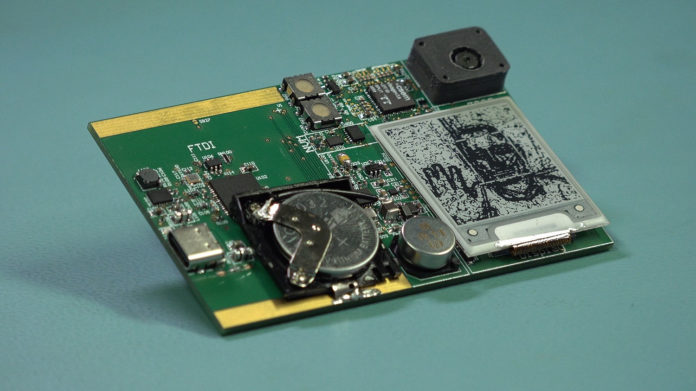Artificial intelligence (AI) is used in a range of extremely useful applications. However, AI-based technology typically requires a lot of energy and relies on the cloud, raising issues related to data protection, IT security, and energy use.
To solve these problems, engineers at the Swiss Center for Electronics and Microtechnology, CSEM, have developed an integrated circuit that can carry out complicated artificial-intelligence operations like face, voice and gesture recognition, and cardiac monitoring. The AI system-on-chip is powered by either a tiny battery or a small solar cell and executes AI operations at the edge – i.e., locally on the chip rather than in the cloud.
It can be configured for use in just about any type of application, where real-time signal and image processing is required. The engineers will present their devices at the prestigious 2021 VLSI Circuits Symposium in Kyoto this June.
The CSEM AI system-on-chip consists of an ASIC chip with a RISC-V processor (developed by engineers at CSEM) and two tightly coupled machine-learning accelerators: one for face detection, for example, and one for classification. The first accelerator is a binary decision tree (BDT) engine that can perform simple tasks but cannot carry out recognition operations. When deployed for facial recognition, the BDT accelerator “will answer preliminary questions like – Are there people in the images? And if so, are their faces visible?”
“If our system is used in voice recognition, the first accelerator will determine whether noise is present and if that noise corresponds to human voices. But it can’t make out specific voices or words – that’s where the second accelerator comes in,” says Stéphane Emery, head of system-on-chip research at CSEM.
The second one is a convolutional neural network (CNN) engine that can perform more complicated tasks – such as recognizing individual faces and detecting specific words. The CNN engine consumes more energy, but it only needs to run for short periods of time. This two-tiered data processing approach drastically reduces the system’s power requirement since most of the time only the first accelerator is running.
“Our system works in basically the same way regardless of the application,” says Emery. “We just have to reconfigure the various layers of our CNN engine.“
Engineers suggest the CSEM innovation opens the door to an entirely new generation of devices with processors that can run independently for over a year. It also reduces the installation and maintenance costs for such devices and enables them to be used in places where it would be hard to change the battery.
